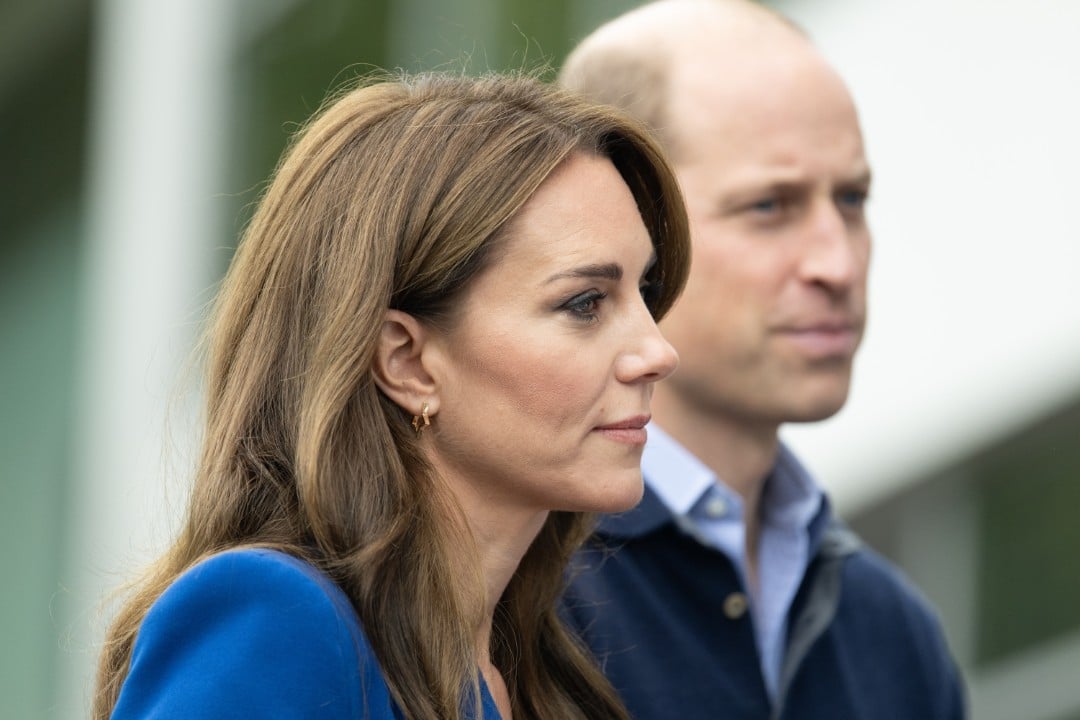

William and Kate take charge as Charles III’s health declines


The British monarchy is undergoing an unprecedented transformation. King Charles III’s health, diagnosed with cancer in February 2024, has deteriorated throughout 2025, limiting his public duties and intensifying preparations for succession. Prince William, aged 42, and Kate Middleton, also 42, are taking on central roles, balancing tradition and modernization amid internal and external pressures. The Commonwealth, with its 56 nations, watches closely as the couple redefines the Crown’s future.
This transition unfolds against a backdrop of historic challenges. William and Kate’s popularity, reaching 75% among Britons, contrasts with Charles III’s 50% approval rating, reflecting confidence in the couple to lead the monarchy. The king’s sharp reduction in public engagements, from 200 in 2023 to fewer than 50 in 2025, underscores the severity of the situation. Meanwhile, the monarchy faces debates over its cost and relevance, with 40% of Britons questioning its economic value despite generating £1.8 billion annually.
Key points shaping this scenario include:
The current crisis, combined with William and Kate’s rise, signals a new era for the institution, with impacts reverberating across the United Kingdom and beyond.
Charles III’s cancer diagnosis, identified after a procedure for a benign prostate enlargement in 2024, has fundamentally altered the monarchy’s dynamics. In 2025, the king participated in fewer than 50 public engagements, a steep decline from 200 events in 2023. Buckingham Palace remains tight-lipped about the cancer’s specifics, but intensive treatment severely limits the monarch’s ability to fulfill his duties. This situation shifts significant responsibilities to Prince William, who has taken the lead in diplomatic and philanthropic events.
The reduction in Charles III’s activities reflects the gravity of his condition. In 2024, the king undertook only 10 international trips, compared to 25 the previous year, a clear sign of the need to prioritize his health. The monarchy, reliant on its members’ visibility to maintain relevance, now faces the challenge of adapting its operations to this new reality. Speculation about a possible abdication is growing, though no official confirmation has been issued by the Palace.
Prince William has emerged as a central figure in the monarchy’s transition. In 2024, he participated in 150 public events, a 30% increase from 2023, taking on 80% of his father’s representative duties. These engagements included the reopening of Notre-Dame Cathedral in Paris and charity initiatives that raised £20 million for causes like mental health. William has also intensified his management of the Duchy of Cornwall, a royal estate generating £24 million annually, reinforcing his readiness for the throne.
William’s agenda balances tradition and innovation:
William’s 75% public approval rating is a critical asset. His ability to connect the monarchy to contemporary issues, such as mental health and climate change, strengthens the institution during a time of uncertainty.
Kate Middleton, diagnosed with cancer in January 2024 following abdominal surgery, significantly reduced her public engagements from 120 in 2023 to 40 in 2024. Despite this, her gradual recovery allows for a planned return, with 60 events scheduled for 2025, focused on early childhood education. Her projects, reaching 2 million children in the past year, bolster her image as the future queen consort. Kate’s resilience has increased her public approval by 10% since 2023, solidifying her role in the monarchy.
Kate’s health has required significant adjustments to the royal agenda. Her 70% reduction in public engagements in 2024 placed additional pressure on William, who balances his duties while supporting his wife. Kate’s progressive return, with carefully selected events, demonstrates her commitment to the Crown despite personal challenges. Her popularity, combined with William’s, forms a strong foundation for the monarchy’s transition.
Charles III’s deteriorating health places the line of succession under scrutiny. Prince William leads as the direct heir, followed by his children, who are already being prepared for future roles. The current structure is clear:
George, William and Kate’s eldest son, is being gradually introduced to royal duties through ceremonies and charity events. His limited but strategic participation reflects the urgency of preparing the next generation to ensure the monarchy’s long-term continuity.
Of the Commonwealth’s 56 nations, 14 still recognize the British monarch as head of state, but republican movements are gaining traction. Barbados severed ties with the monarchy in 2021, and 10 other countries, including Australia and Jamaica, plan referendums by 2030. In 2025, six nations are debating whether to abandon the monarchy, challenging the Commonwealth’s unity, which represents 2.5 billion people.
William and Kate counter these pressures with active diplomacy:
The couple’s popularity, 20% above the royal average, is a valuable asset in preserving Commonwealth ties. Their efforts in promoting global causes help counter criticism of the monarchy’s cost and relevance.
The British monarchy generates £1.8 billion annually for the UK economy, with tourism accounting for £500 million in 2024. However, its £100 million annual cost draws criticism, with 40% of Britons questioning its economic value. Charles III’s health crisis intensifies these debates, while William and Kate work to reinforce the Crown’s image as a national asset.
The couple’s modernization efforts include:
Despite criticism, the monarchy remains a cultural and economic pillar, with William and Kate leading efforts to ensure its relevance amid change.
The British monarchy’s history offers parallels to the current transition. Key events have shaped the Crown over time:
Charles III’s reign, potentially one of the shortest since Edward VIII, is marked by health challenges. William’s rise, younger and more popular, may usher in a new phase for the monarchy, emphasizing modernization and public engagement.
Charles III’s health crisis redefines royal roles, with William and Kate taking the lead in diplomacy and charity. The prince undertook 10 international trips in 2025, strengthening Commonwealth ties, while Kate plans 60 events focused on early childhood education. Their projects benefited 5 million people in 2024, raising £20 million for causes like mental health and sustainability.
Charles’s reduction in engagements, from 200 in 2023 to fewer than 50 in 2025, underscores the urgency of the transition. William, assuming 80% of the king’s duties, ensures continuity, while Kate reinforces her role with strategic engagements. The couple’s resilience boosts their public approval, a critical factor for the Crown’s stability.
The monarchy’s economic and cultural impact faces growing scrutiny. Tourism, generating £500 million in 2024, is a key argument for the Crown, but 40% of Britons question its £100 million annual cost. William and Kate, with 75% approval, promote projects reaching millions, reinforcing the institution’s relevance during this transition.
Six Commonwealth nations are debating republicanism in 2025, challenging the organization’s unity. William and Kate’s popularity, combined with their diplomatic and charitable efforts, is seen as essential to preserving ties with the Commonwealth’s 2.5 billion citizens. The monarchy, in transformation, relies on the couple to navigate this critical period.